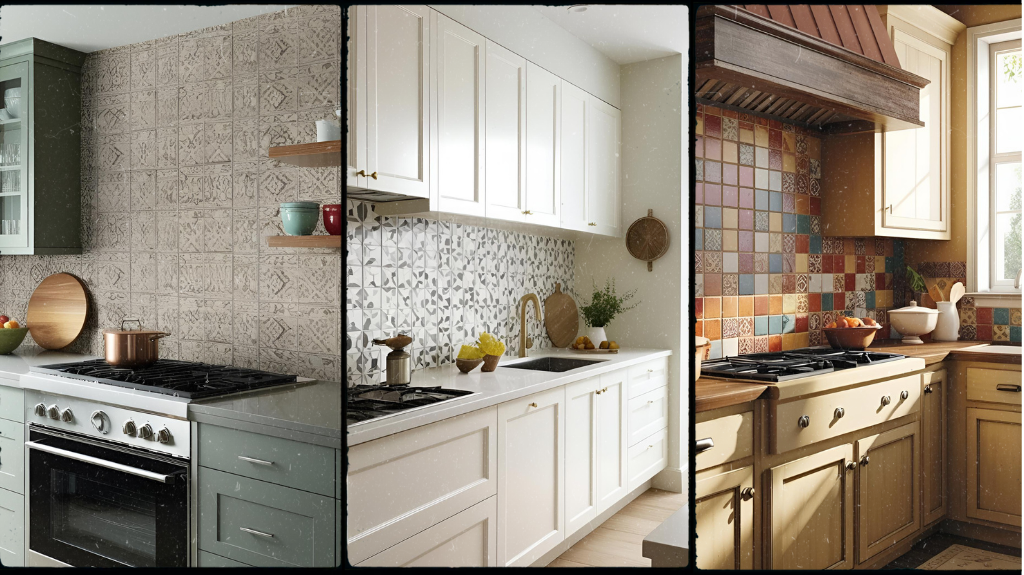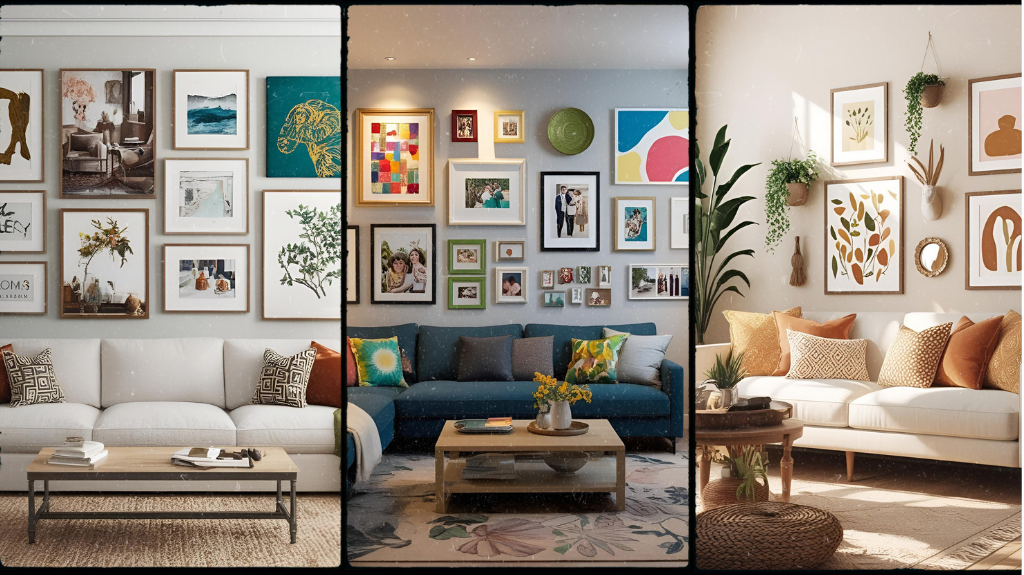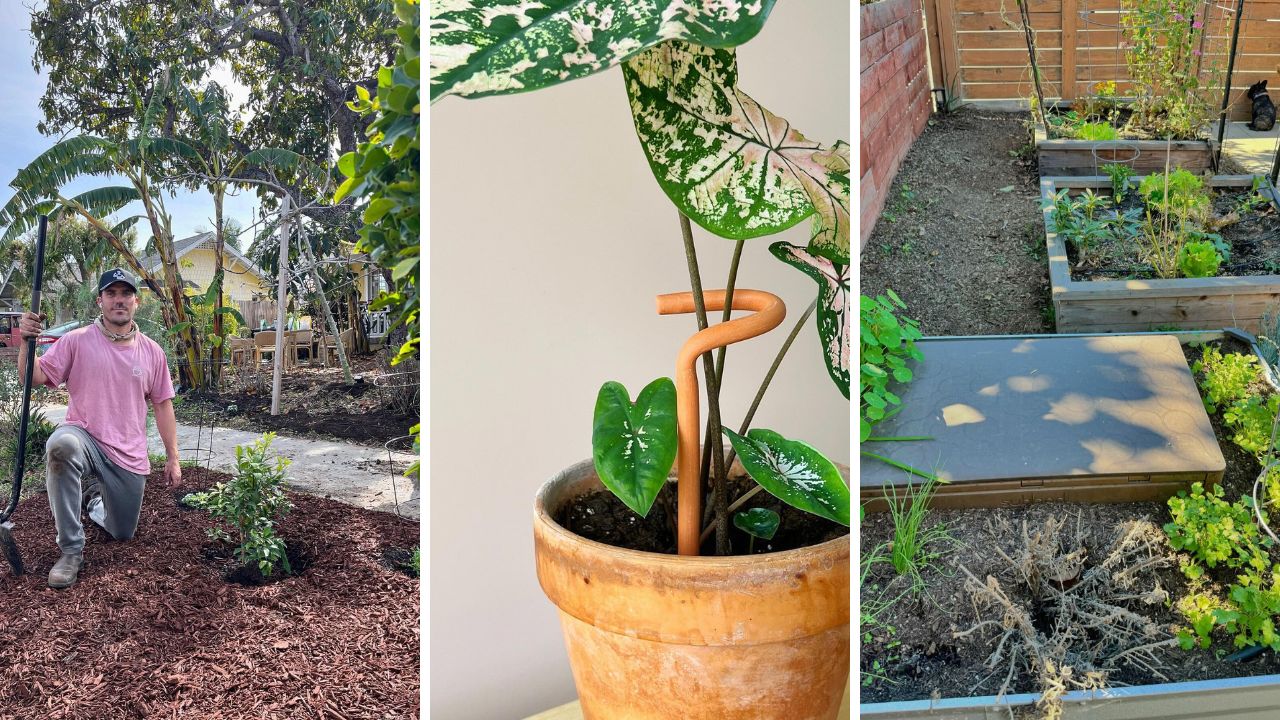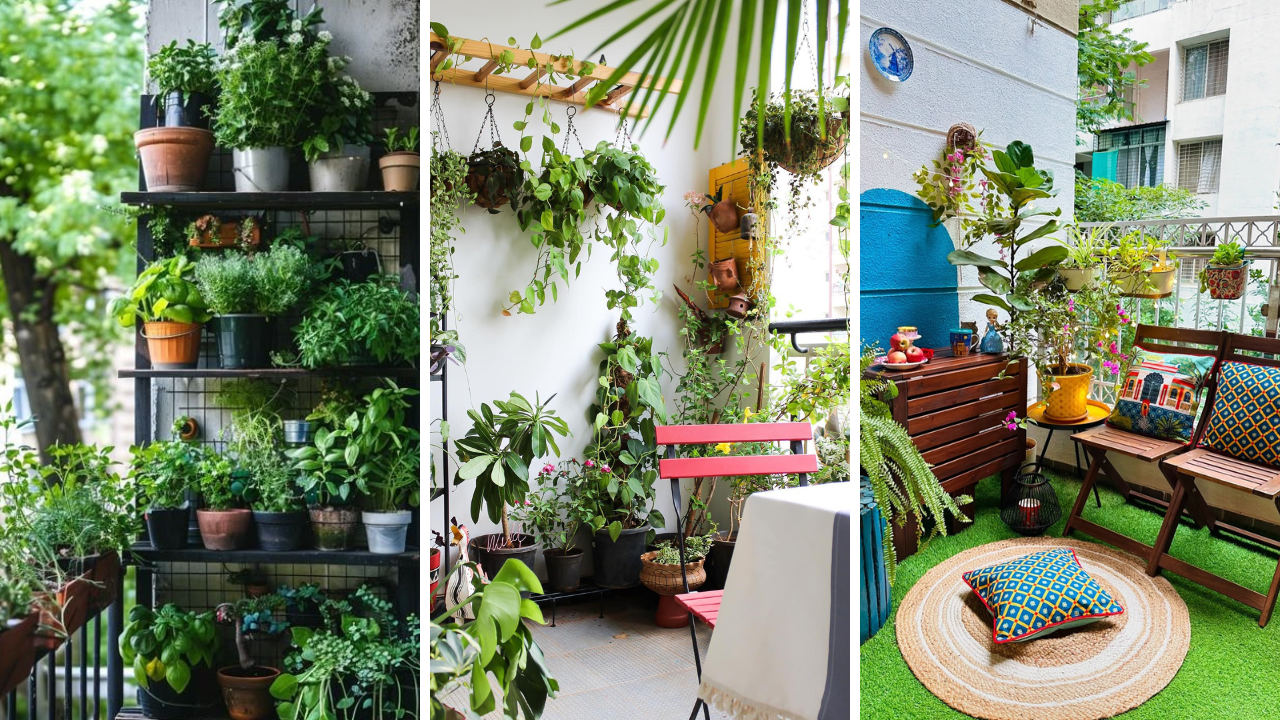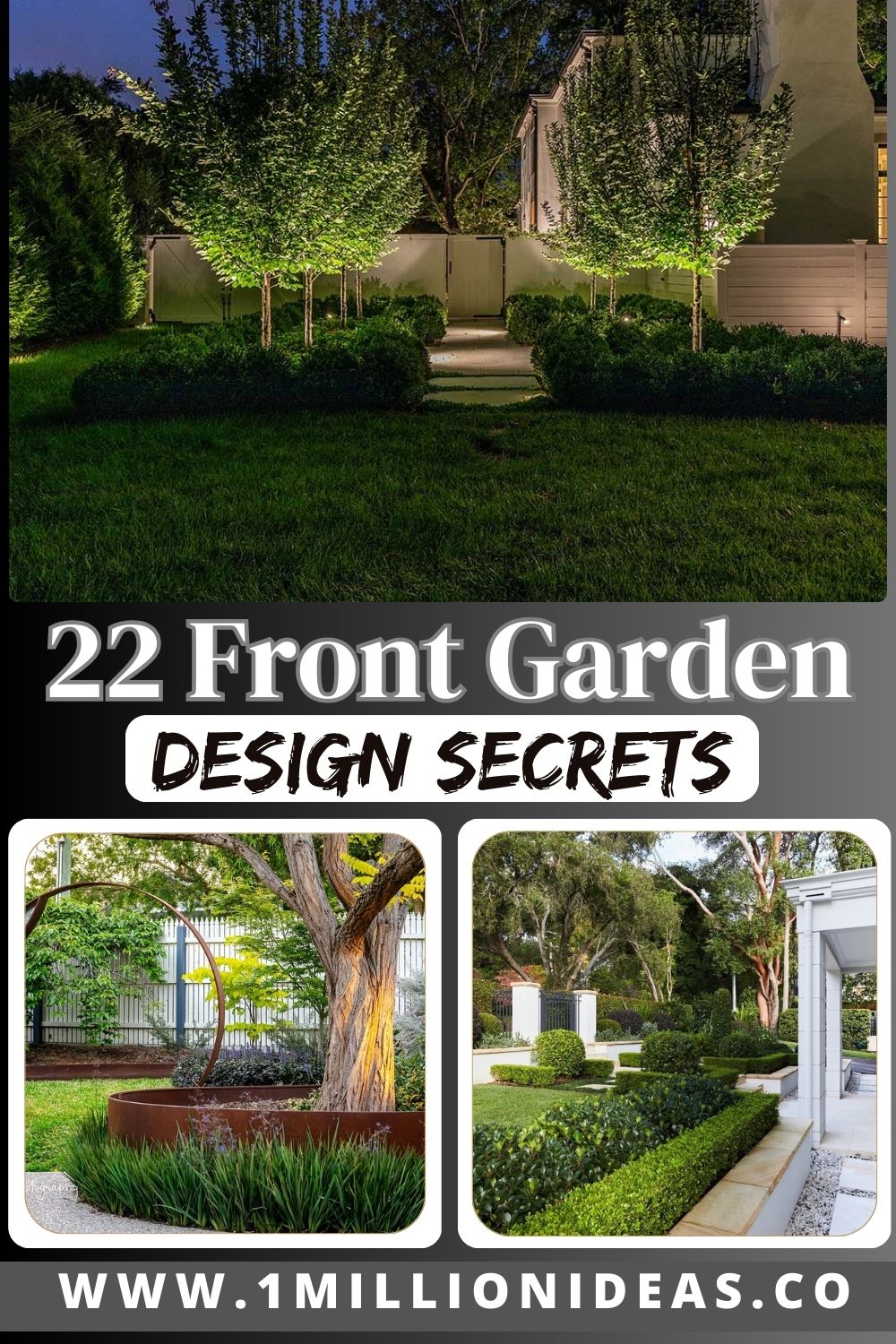
I’ve spent years designing and refining front gardens, and through trial, error, and a few happy accidents, I’ve uncovered secrets most landscapers keep to themselves. Whether you’re looking to create a welcoming entrance, boost curb appeal, or craft a personal sanctuary, these 22 front garden design secrets will transform your space in ways you never imagined.
1. The Rule of Three for Plant Arrangements
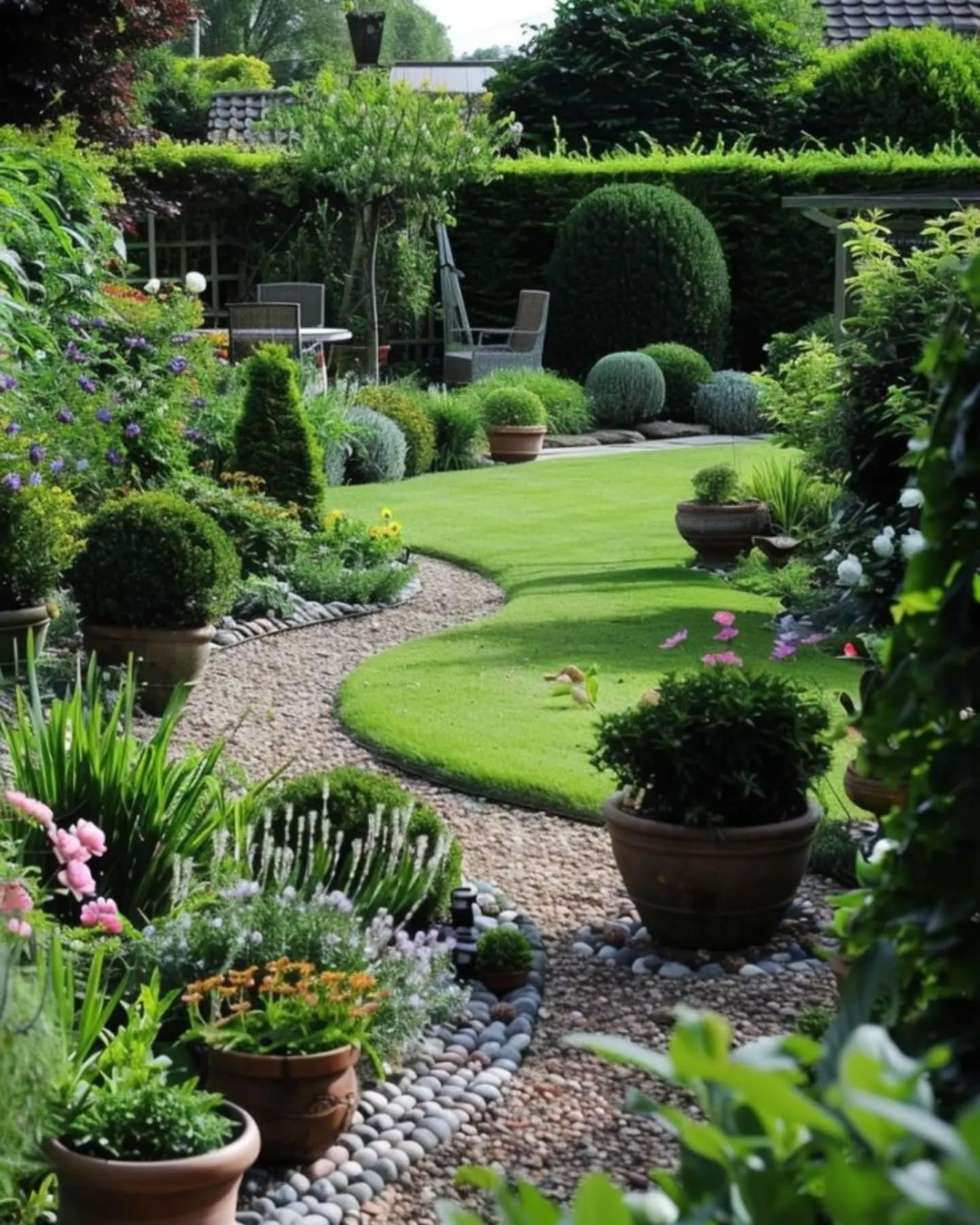
Source@unique_garden_ideas
One of the biggest design tricks I use is the rule of three. Instead of planting one type of flower, mix three complementary ones in odd-numbered groups. This creates a natural, balanced look. I once revamped a client’s dull entryway by combining lavender, ornamental grasses, and white roses—it completely changed the home’s first impression.
2. The Power of Layering
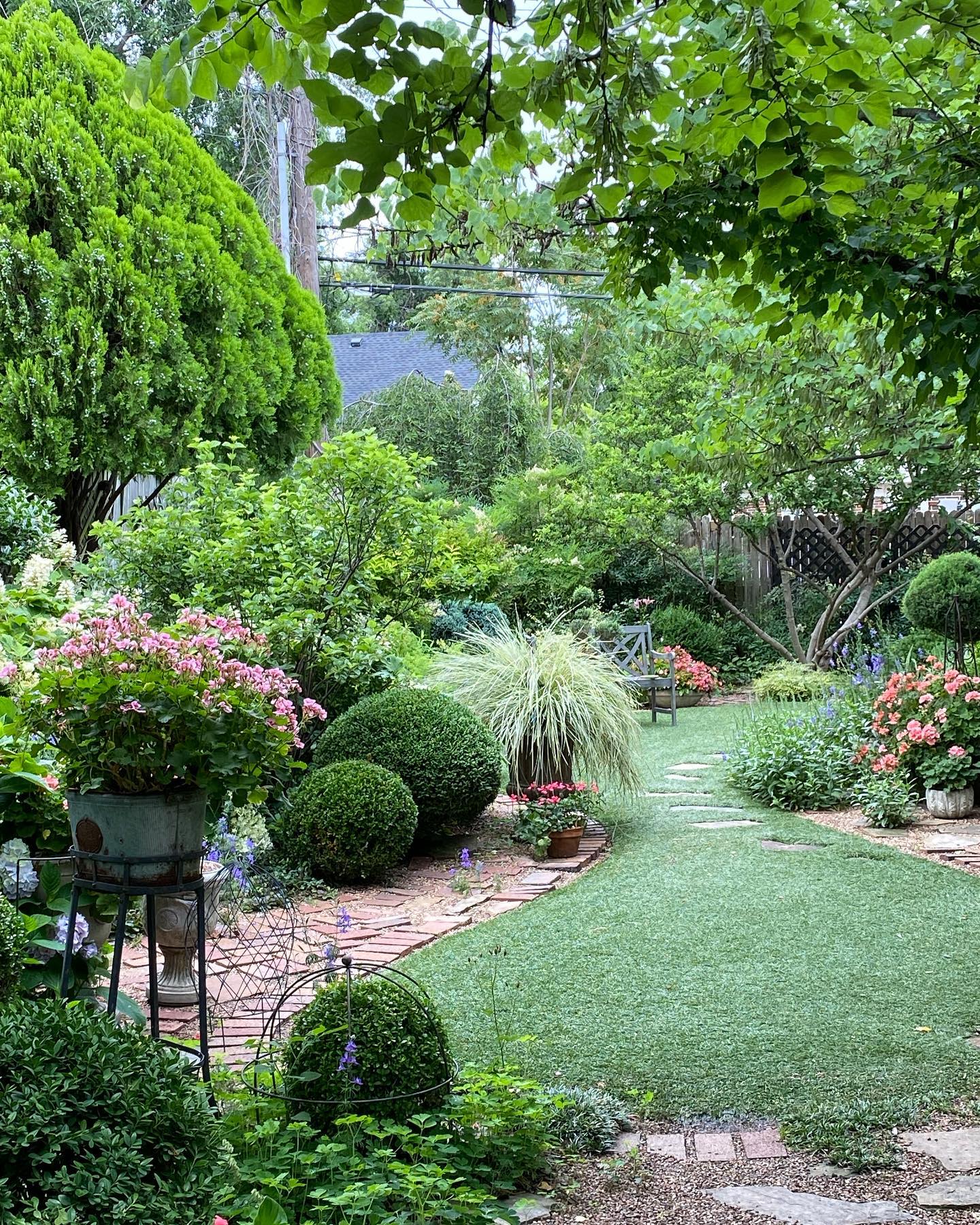
Source@potagerblo
Landscapers won’t always tell you, but layering your plants—placing taller ones in the back, medium-sized ones in the middle, and shorter ones in front—gives your garden depth. I learned this while fixing a flat-looking front yard. Adding layers made it visually dynamic and instantly more appealing.
3. Using Evergreens for Year-Round Interest
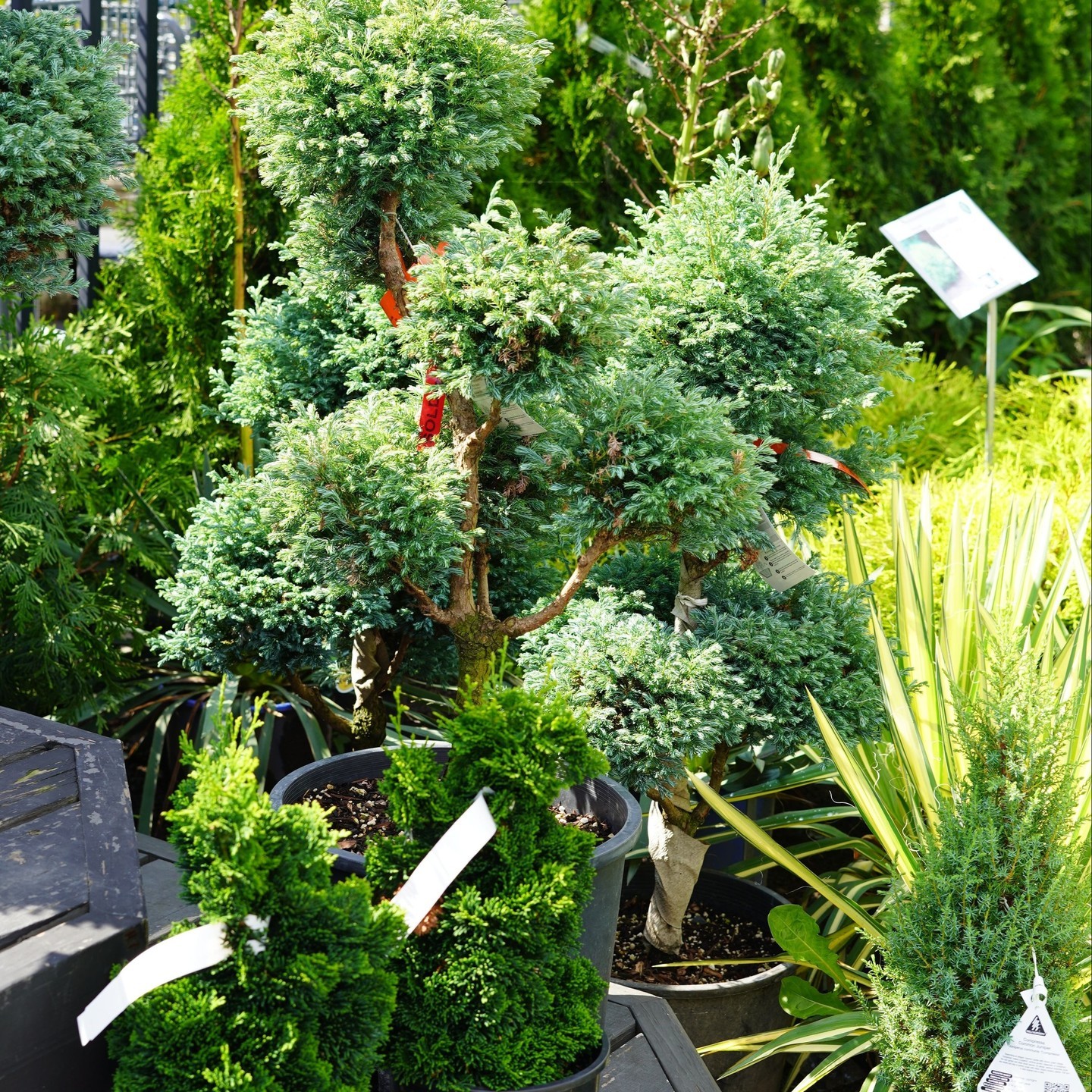
Source@english_gardens
Your garden should look good even in winter. I always plant evergreen shrubs and trees to maintain structure throughout the seasons. Boxwoods, junipers, and dwarf pines have saved my gardens from looking bare in the colder months.
4. Hardscaping for Instant Elegance
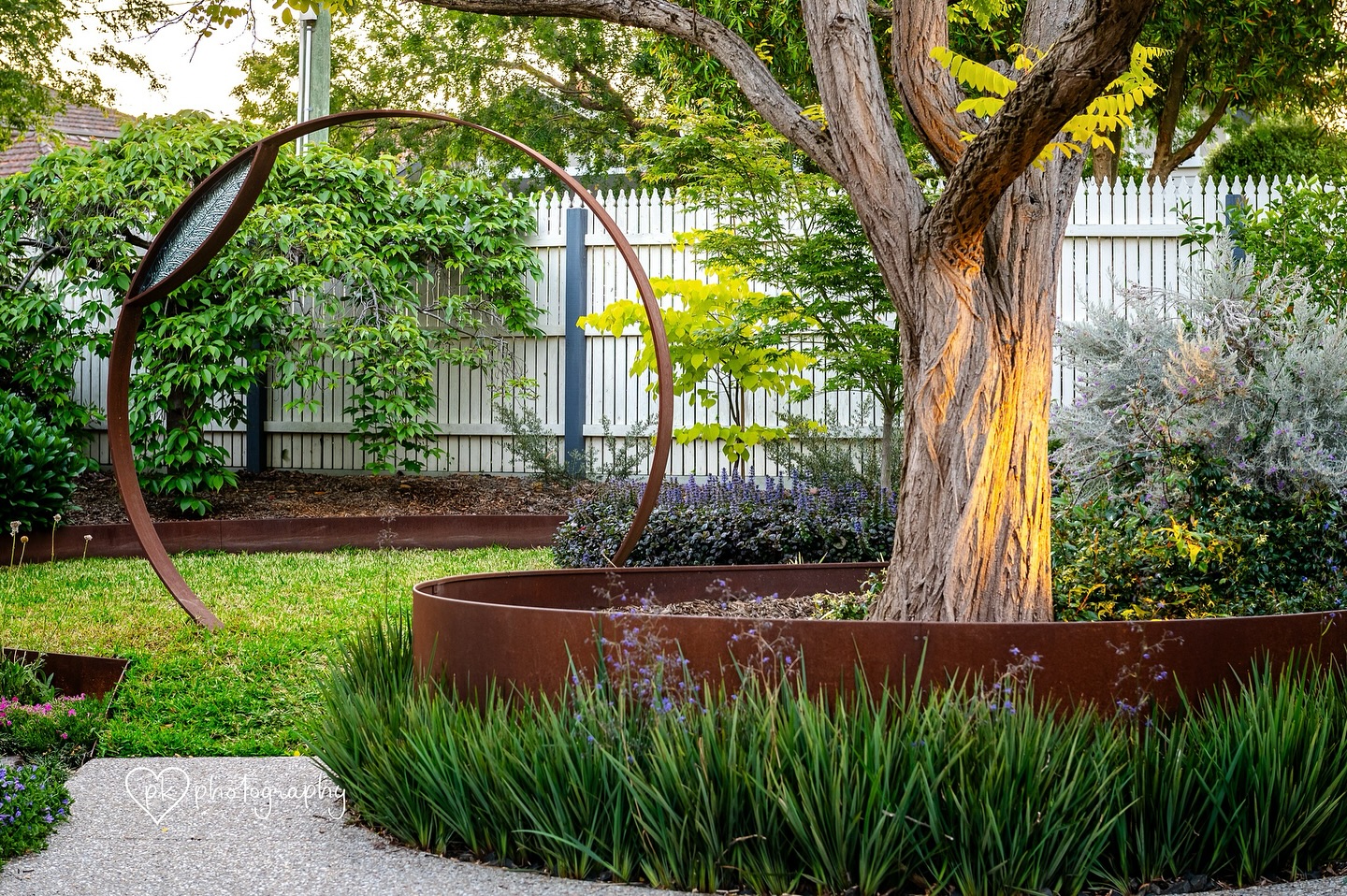
Source@inspiringlandscapes.com.au
A well-placed stone pathway, a charming picket fence, or a decorative gravel area can elevate your front garden. I once installed a brick border along a flower bed, and the transformation was astonishing—it looked professionally designed with minimal effort.
5. The Secret to Lush Green Lawns
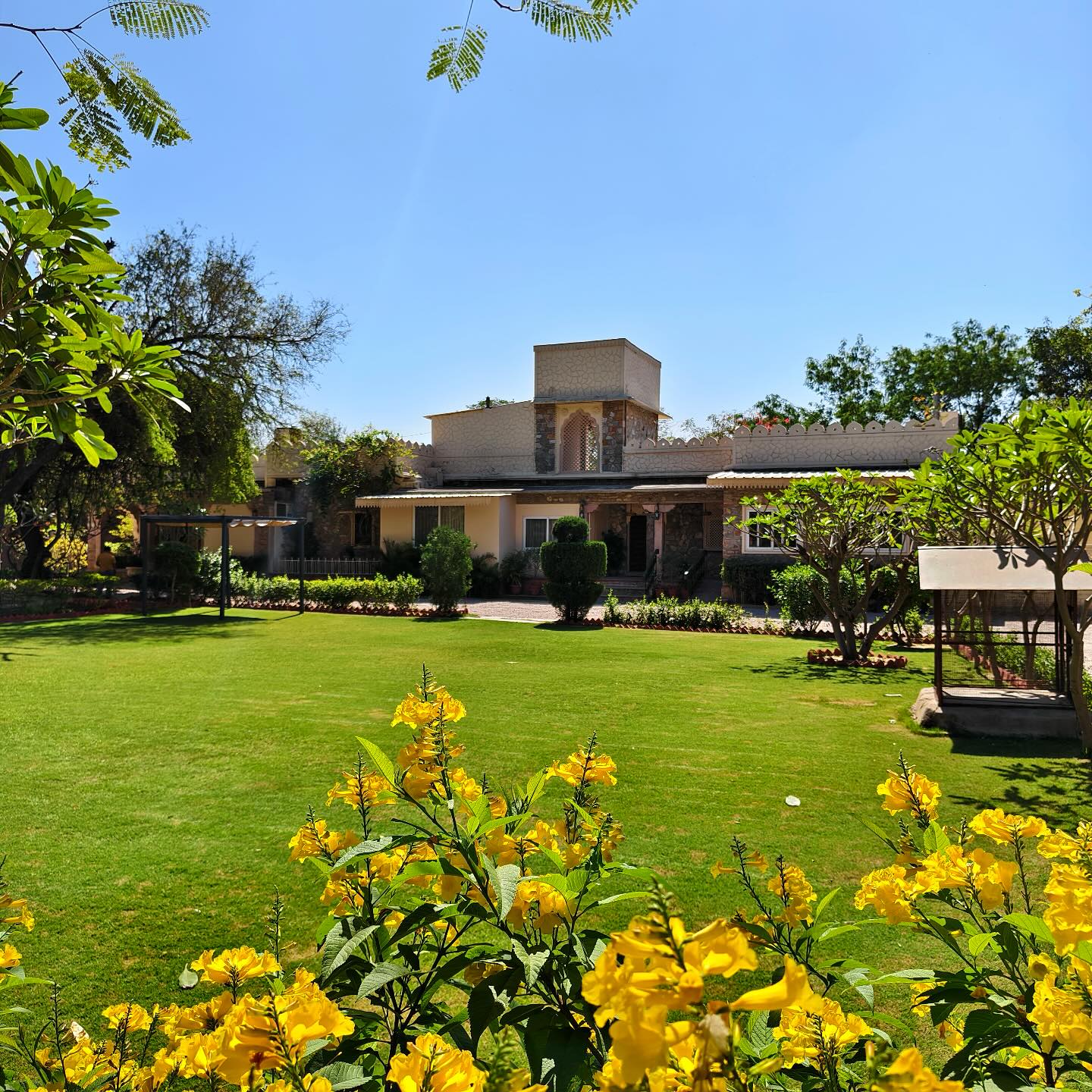
Source@bagheeraheritage
Many people struggle with patchy lawns, but here’s my secret: aeration and proper watering. I aerate my lawn every fall and water deeply but infrequently to encourage strong root growth. It’s a simple habit that keeps grass lush and healthy.
6. Choosing the Right Color Palette
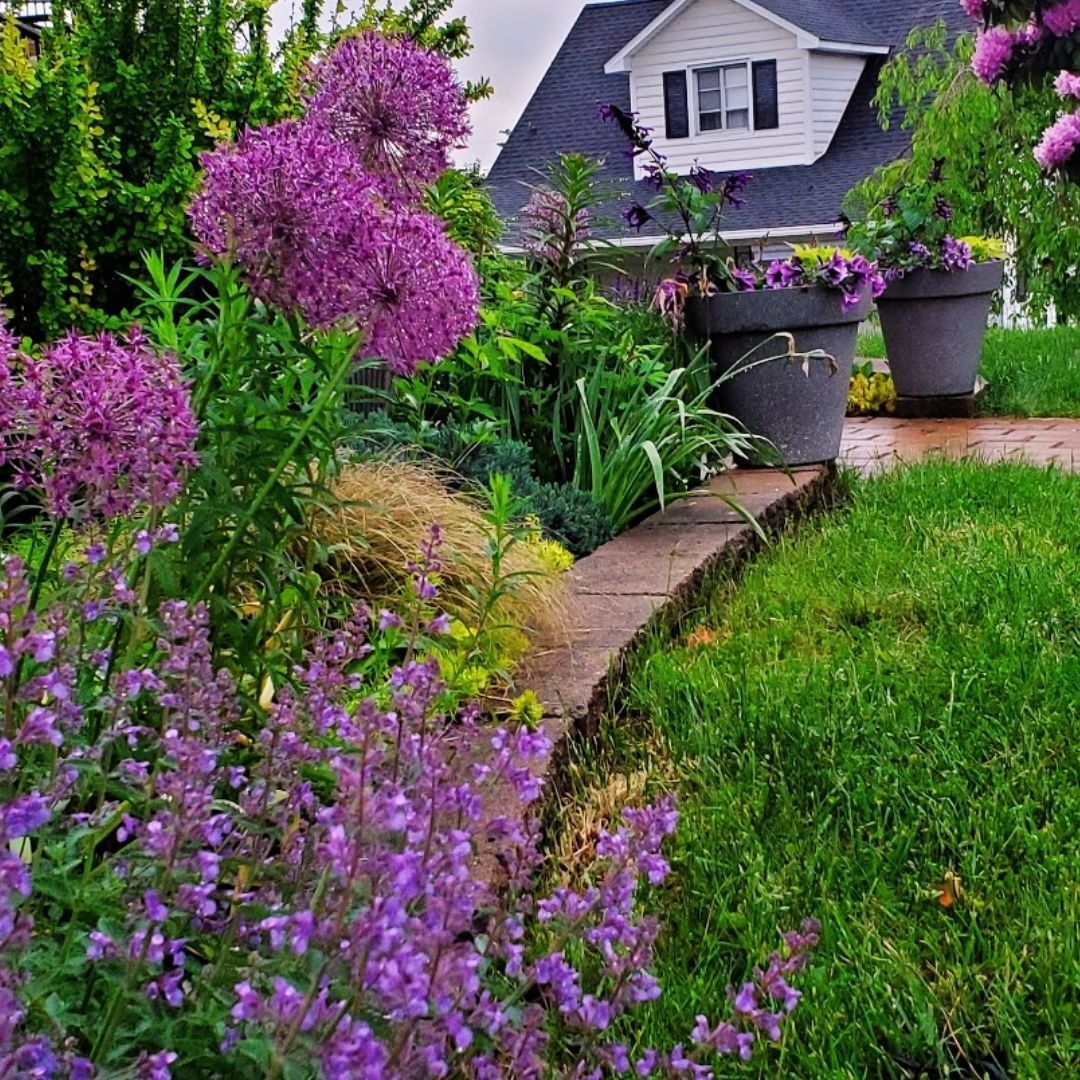
Just like interior design, front gardens benefit from a cohesive color scheme. I stick to a maximum of three dominant colors to create harmony. A past project where I used shades of purple, white, and green ended up looking effortlessly elegant.
7. Smart Use of Mulch
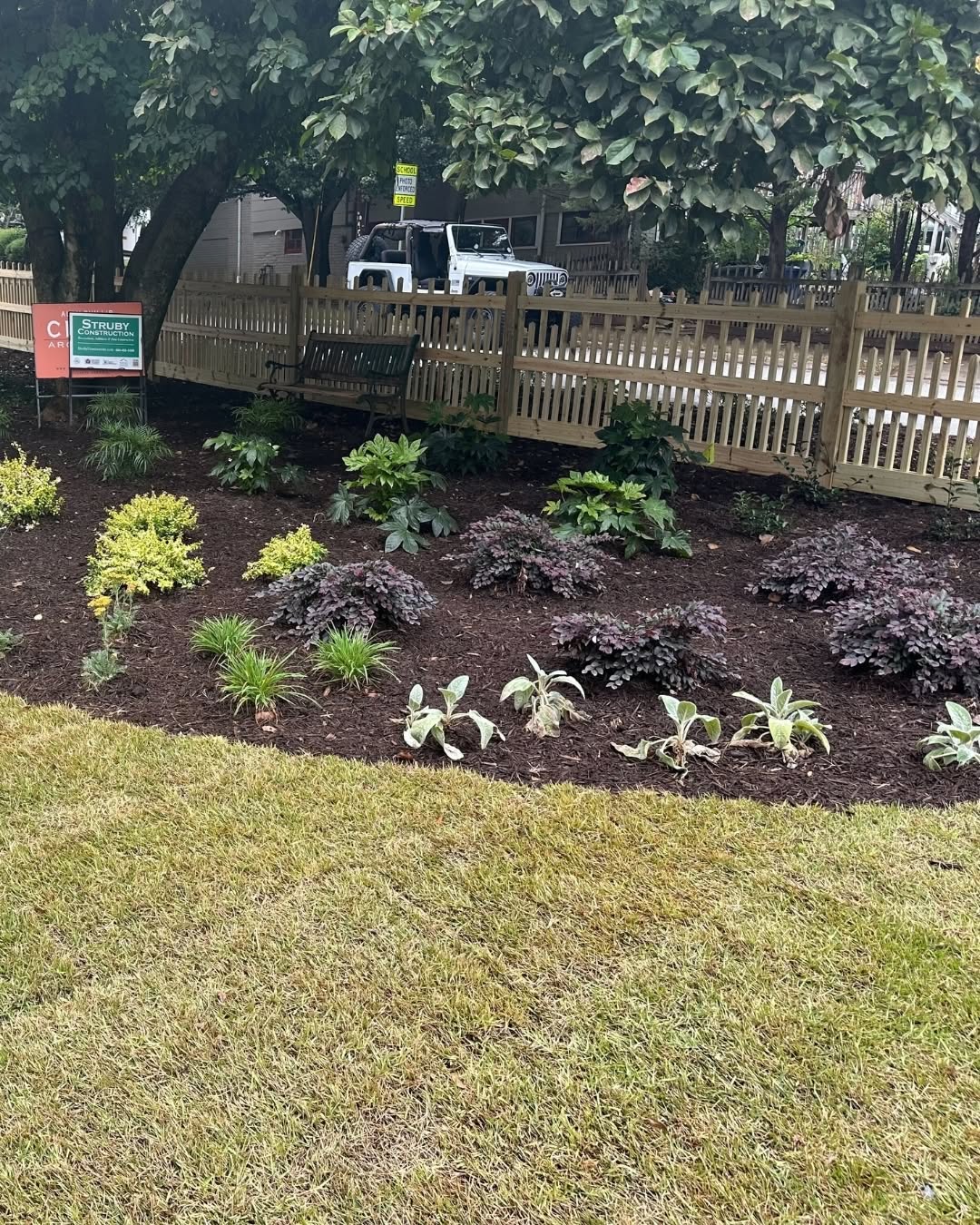
Source@howkinslandscape
Mulch isn’t just about aesthetics—it retains moisture, prevents weeds, and improves soil health. I prefer natural bark mulch because it breaks down over time and enriches the soil. A client once told me their plants “magically” looked healthier after I added a fresh layer.
8. Vertical Gardening for Small Spaces
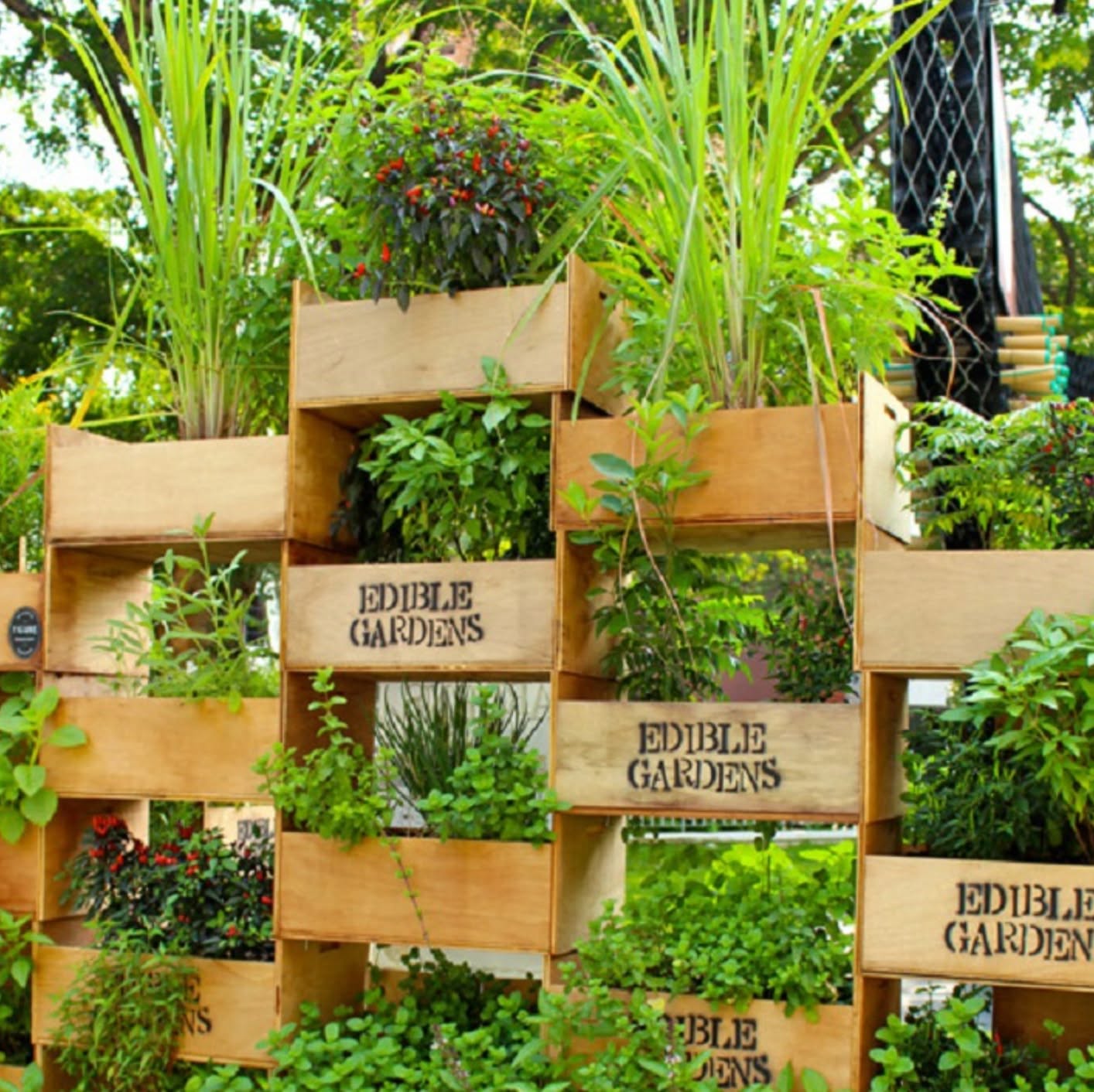
Source@urbangreenfarms
Not everyone has a large front yard, but vertical gardening is a game-changer. Trellises, wall planters, and climbing vines add greenery without taking up ground space. I installed a wooden trellis covered in clematis for a narrow entryway, and it became the focal point of the entire garden.
9. Lighting That Enhances Curb Appeal
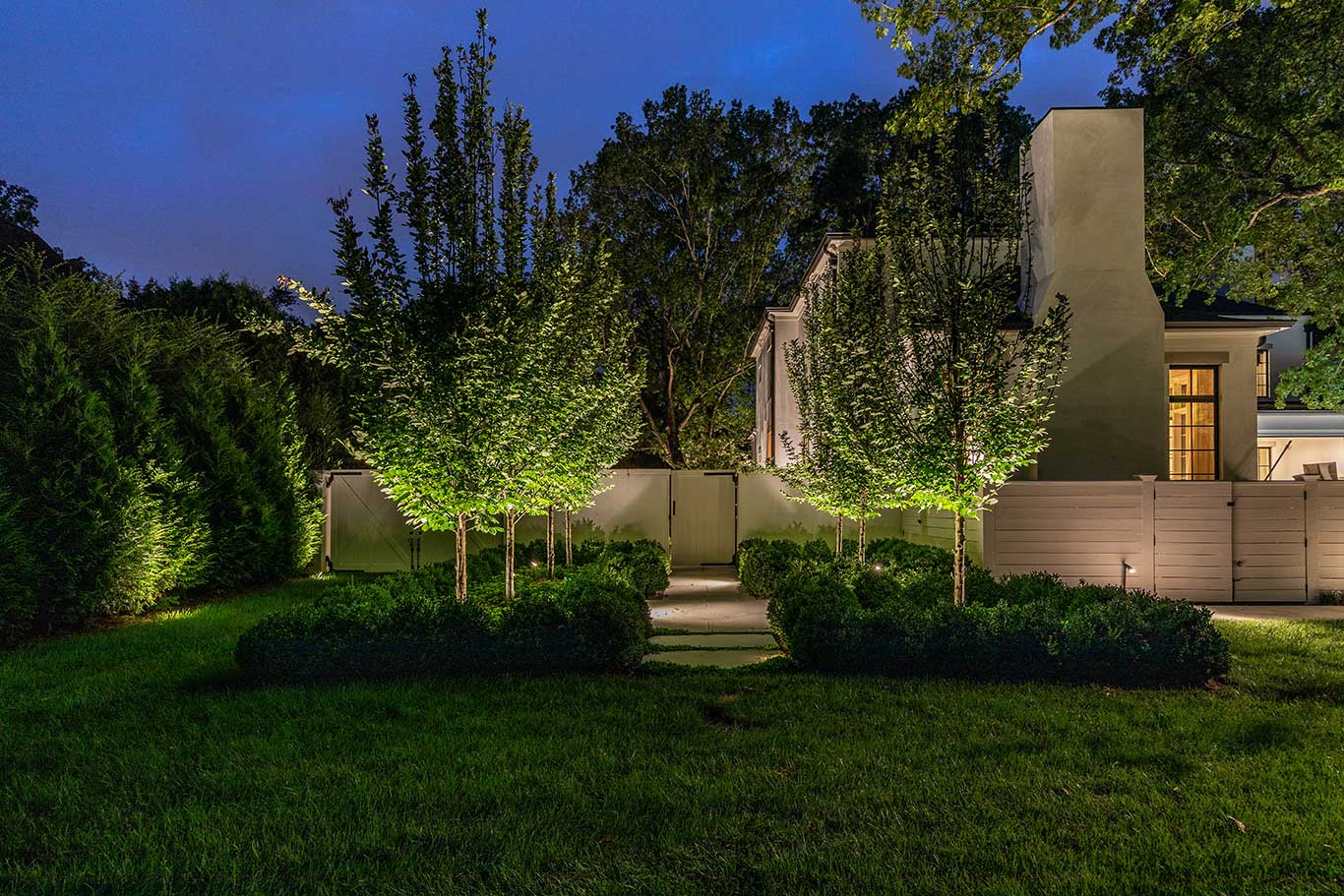
Source@lightupnashville
Strategic lighting can make an ordinary garden look luxurious. I always recommend soft, warm LED pathway lights and uplighting for trees. One evening, after installing landscape lighting, I watched a home’s curb appeal double instantly—it was like magic.
10. The Magic of Water Features
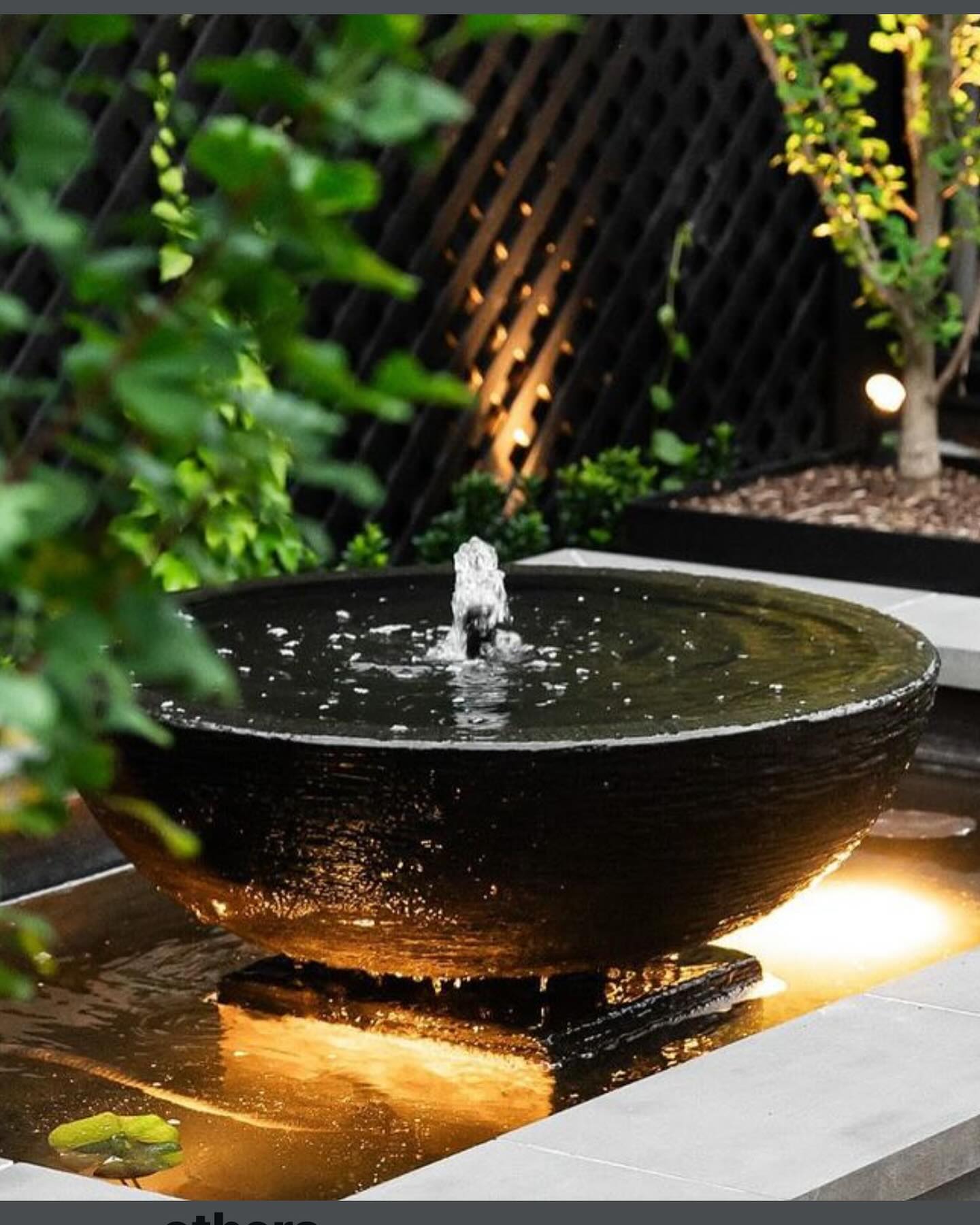
Source@waterfeaturesdirect
Even a small water feature can add tranquility. A simple birdbath or a small fountain can make a front garden feel serene. I once installed a minimalist stone water feature, and the gentle sound of trickling water made the space feel incredibly peaceful.
11. The Secret of Statement Planters
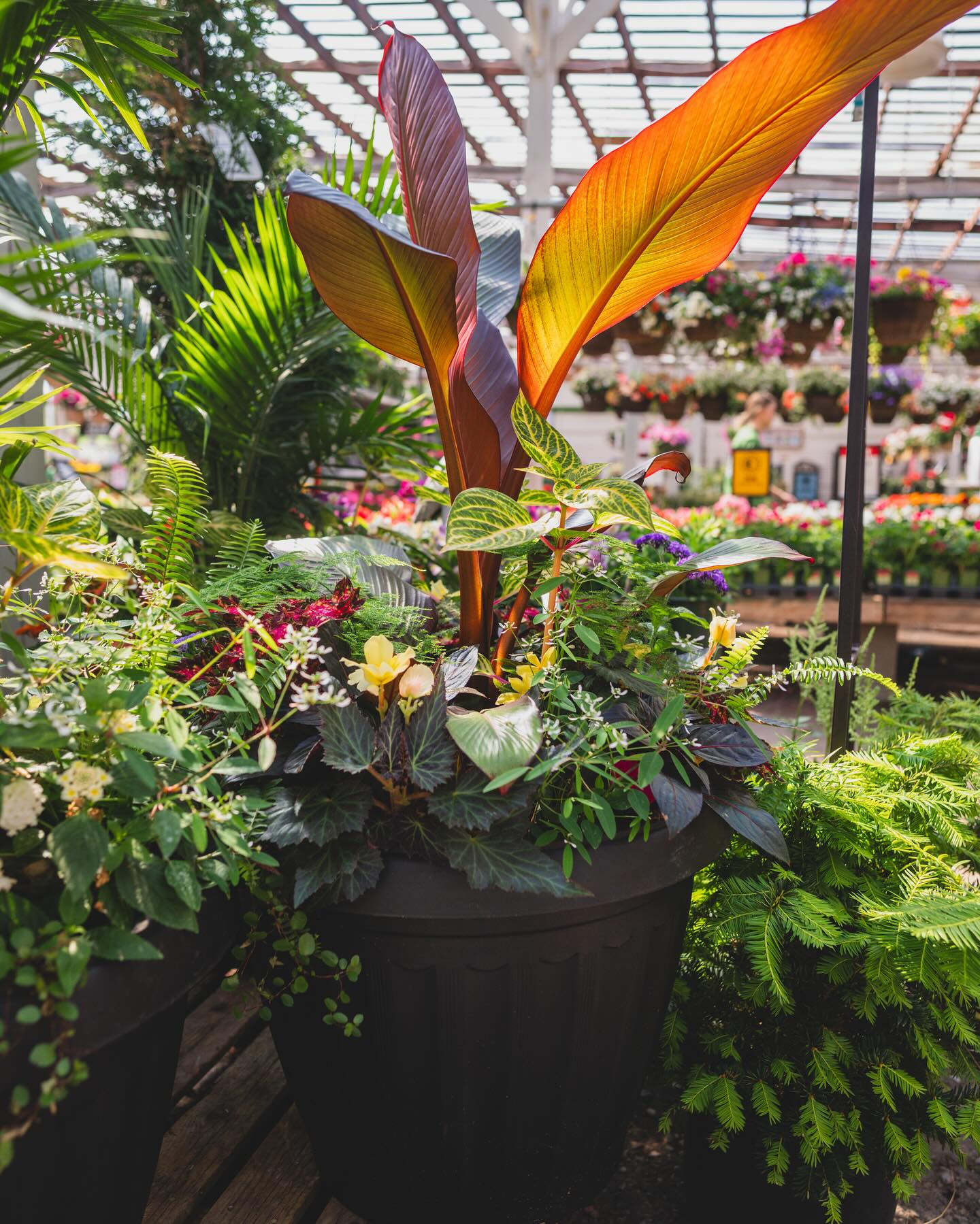
Source@sheridannurseries
Planters aren’t just for small spaces; they can create focal points in any garden. I’ve used oversized ceramic pots to frame front doors and instantly boost curb appeal. The trick is choosing large, bold planters and filling them with dramatic plants like ferns or colorful flowers.
12. Hiding Unsightly Elements
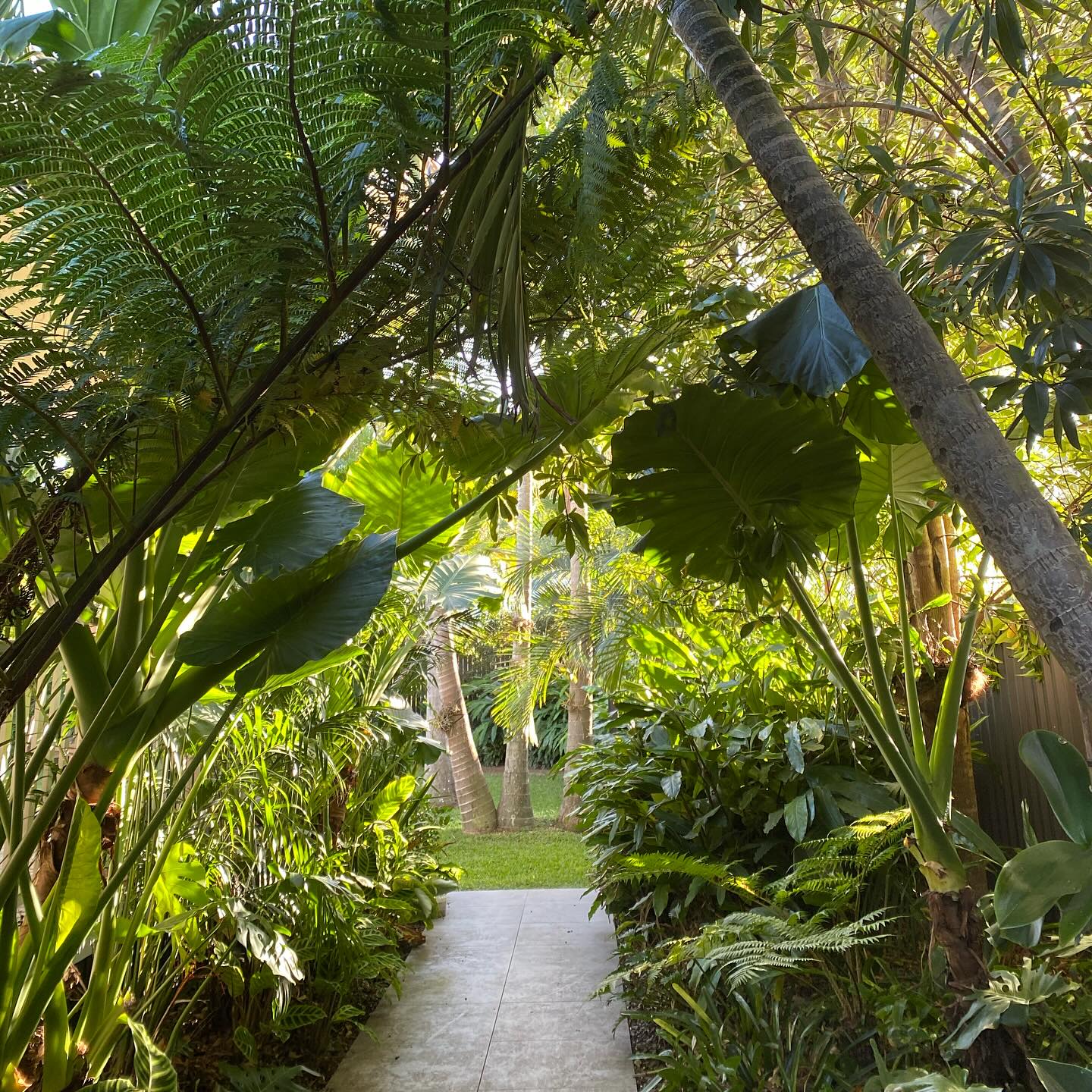
Source@myverandah
Every garden has eyesores—utility boxes, hoses, or air conditioning units. I always use strategic plantings or decorative fencing to disguise these elements. I once used a row of tall ornamental grasses to hide an ugly water meter, and my client couldn’t believe the difference.
13. The Power of Symmetry
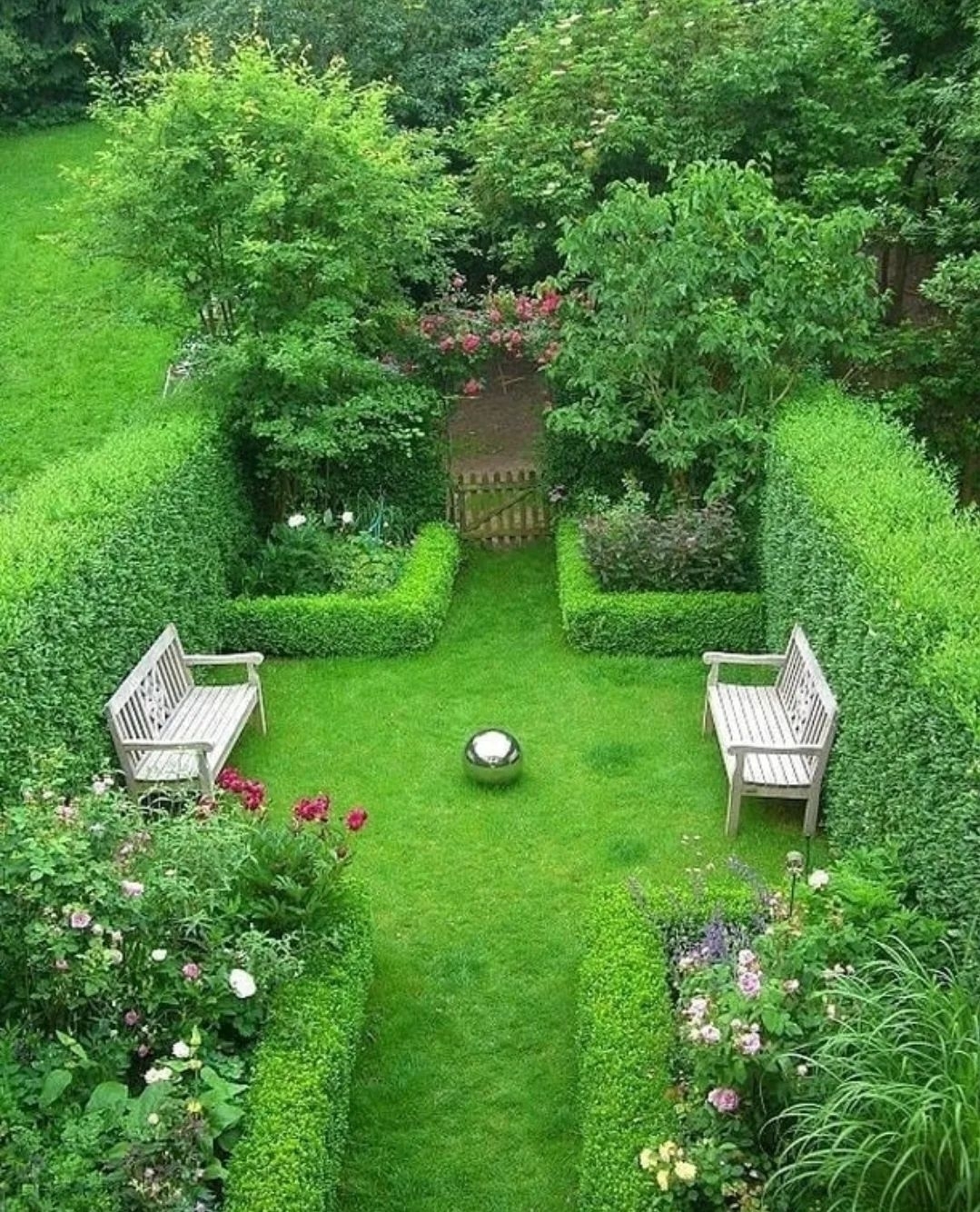
Source@glamorousgardens
Symmetry creates a sense of balance and order. A trick I use is planting identical shrubs on either side of a pathway or entrance. This works wonders in making a garden look professionally designed. One of my best transformations was a simple walkway lined with matching boxwoods.
14. Creating a Pollinator-Friendly Space
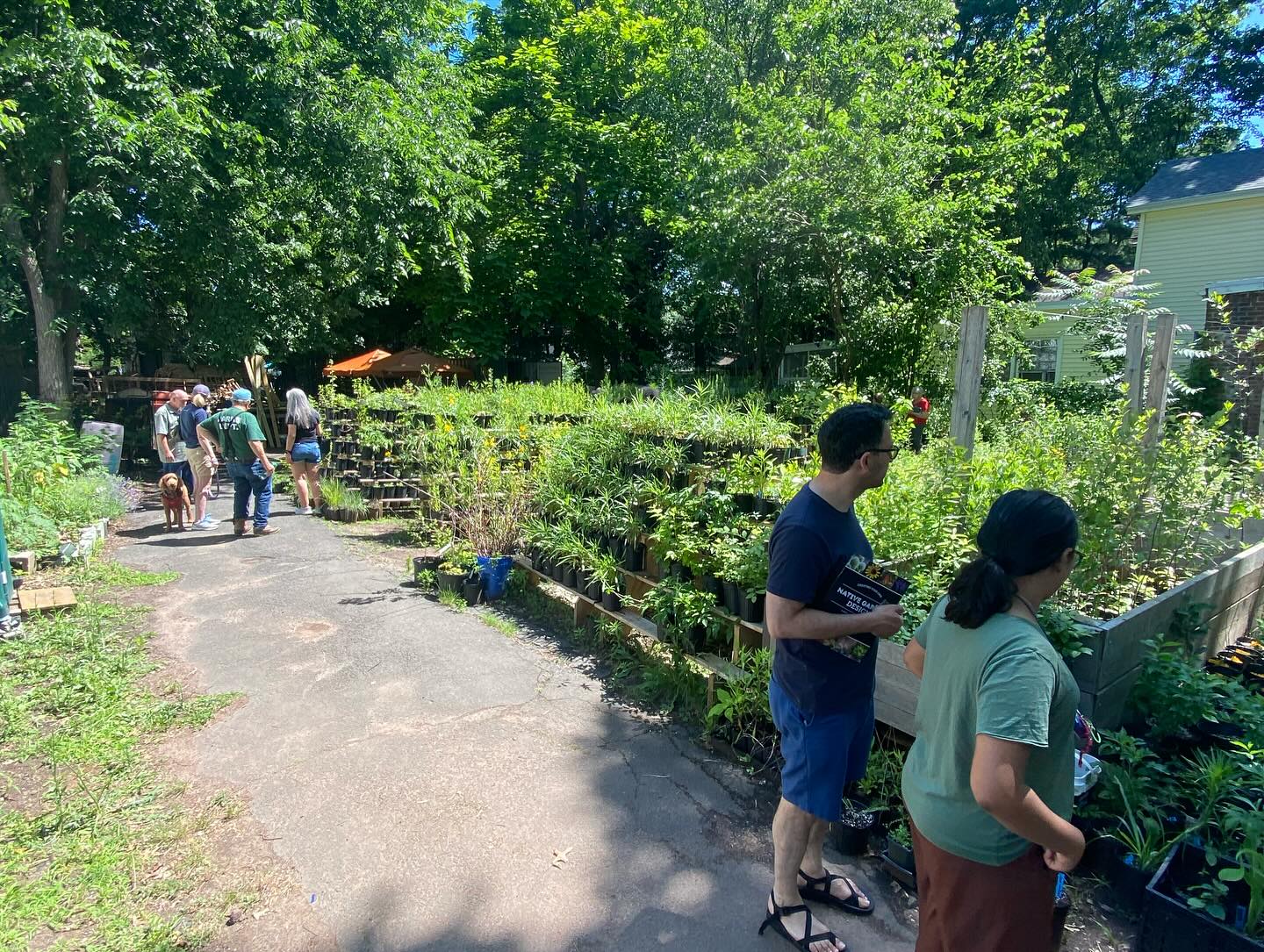
Source@scsusustainability
A front garden can be beautiful and beneficial to nature. I always include flowers like lavender, echinacea, and milkweed to attract bees and butterflies. A homeowner I worked with was thrilled to see their garden buzzing with life after adding a few pollinator-friendly plants.
15. Seasonal Swaps for a Fresh Look
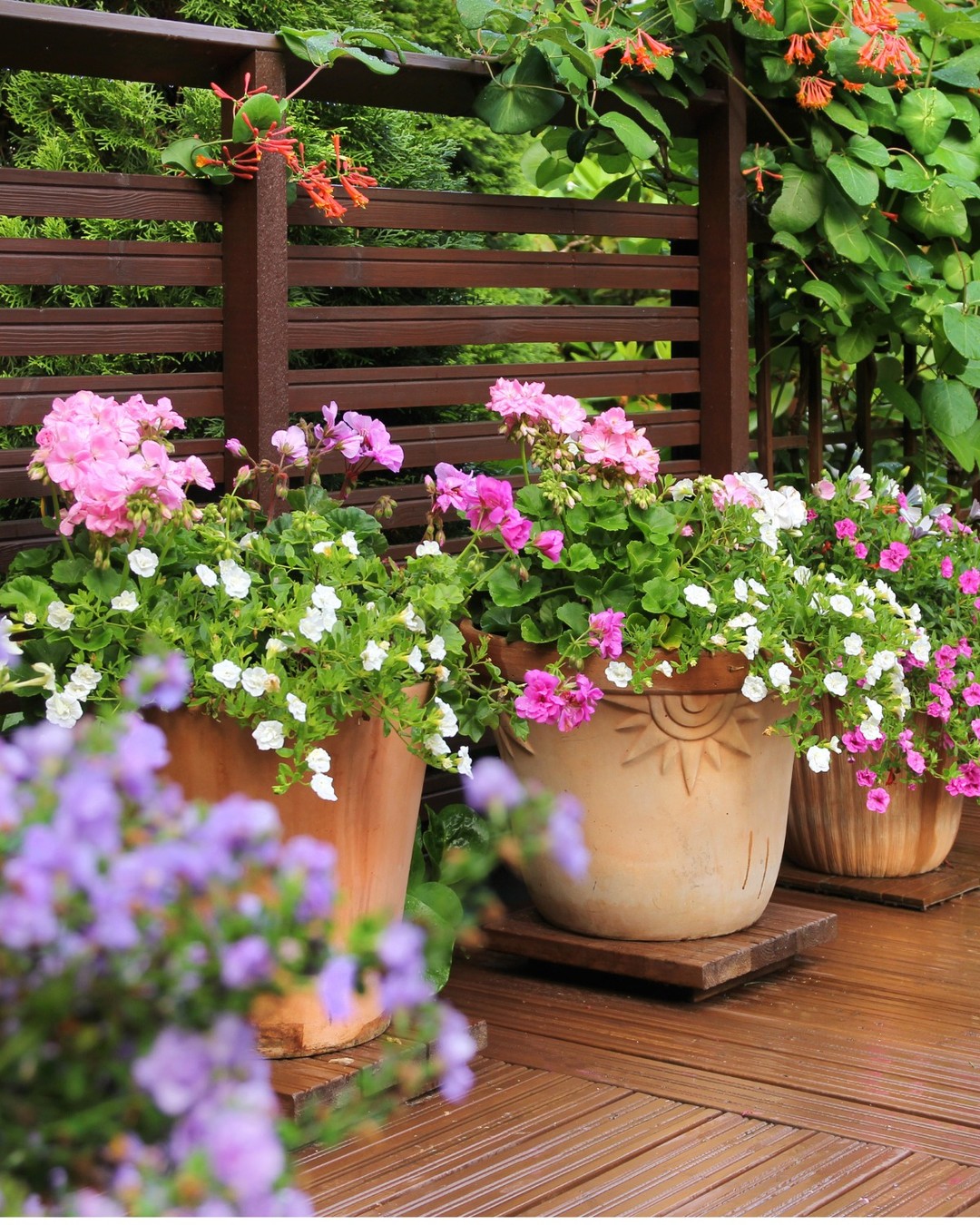
Source@paran_homes
One of my favorite tricks is swapping out plants seasonally. In the spring, I use tulips and daffodils, while fall sees mums and ornamental kale. It keeps the garden looking fresh year-round without needing a full redesign.
16. The Hidden Benefits of Ground Cover
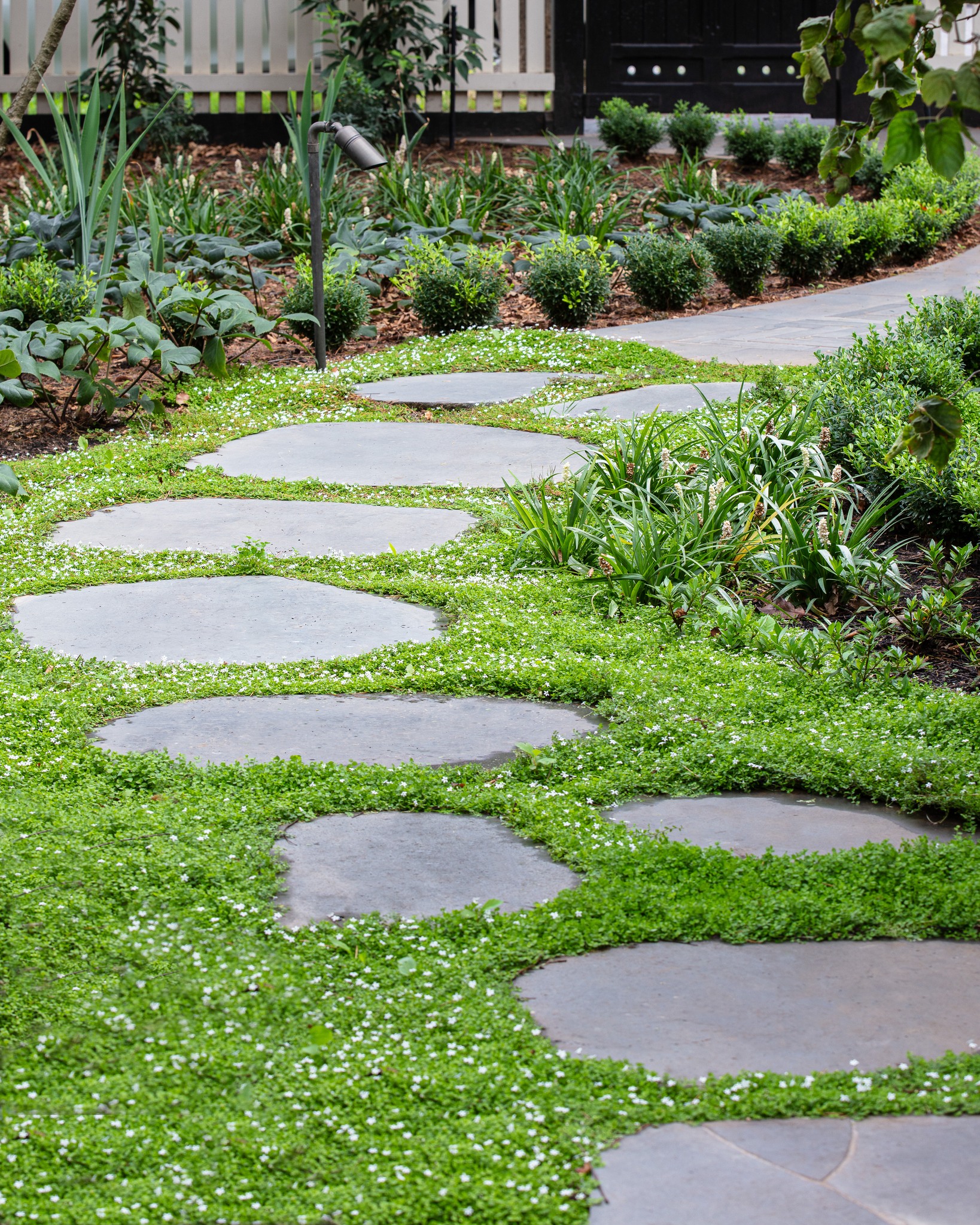
Source@ianbarkergardens
Instead of struggling with weeds, I plant ground covers like creeping thyme or sedum. Not only do they suppress weeds, but they also add texture and interest. A friend’s garden transformed dramatically when I replaced their patchy lawn with low-maintenance ground cover.
17. Edging for a Polished Look
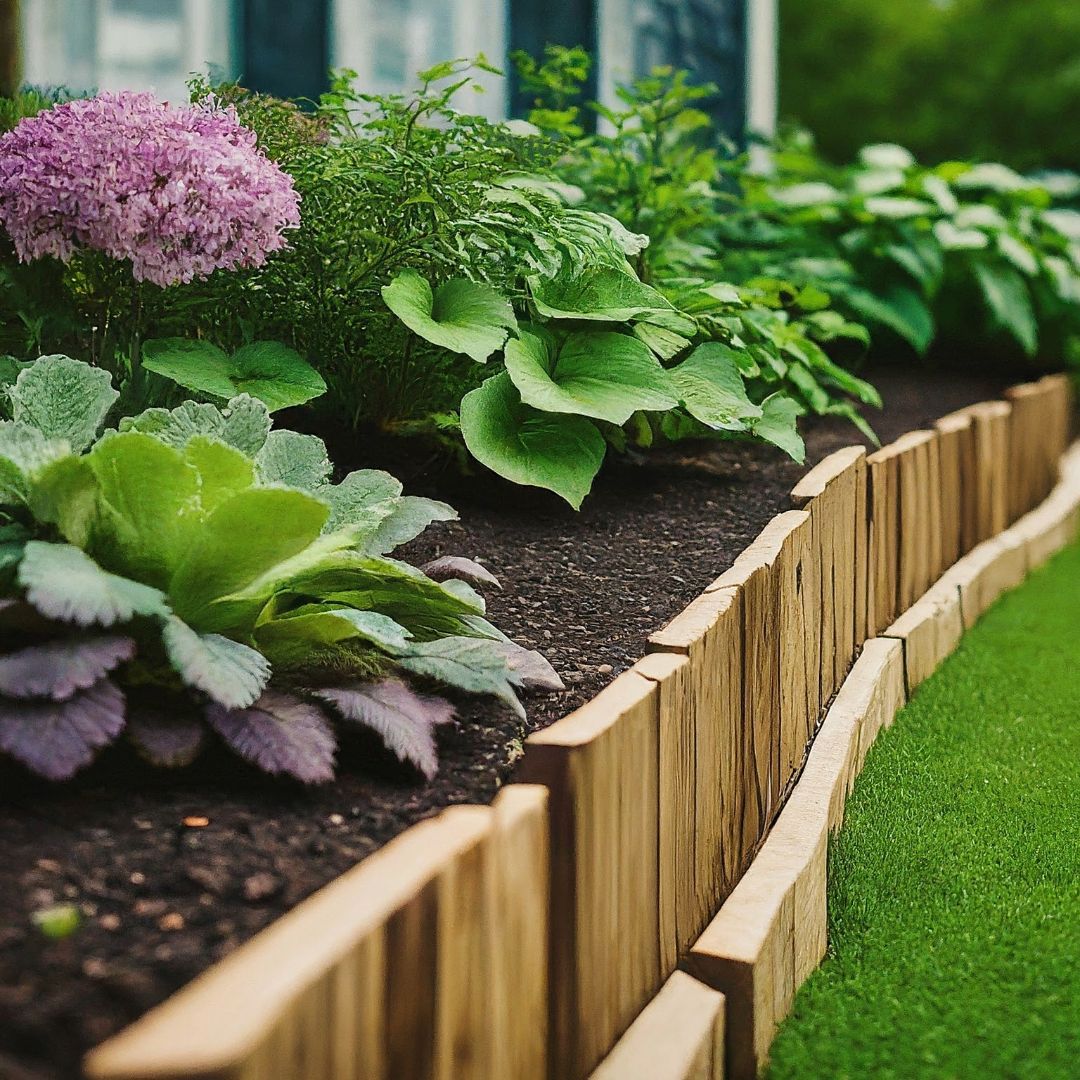
Source@trimyxs
A clean edge between your lawn and garden beds makes everything look sharp. I use metal or stone edging for a defined look. I once installed brick edging for a client, and they were amazed at how much neater their garden looked.
18. Incorporating Garden Art
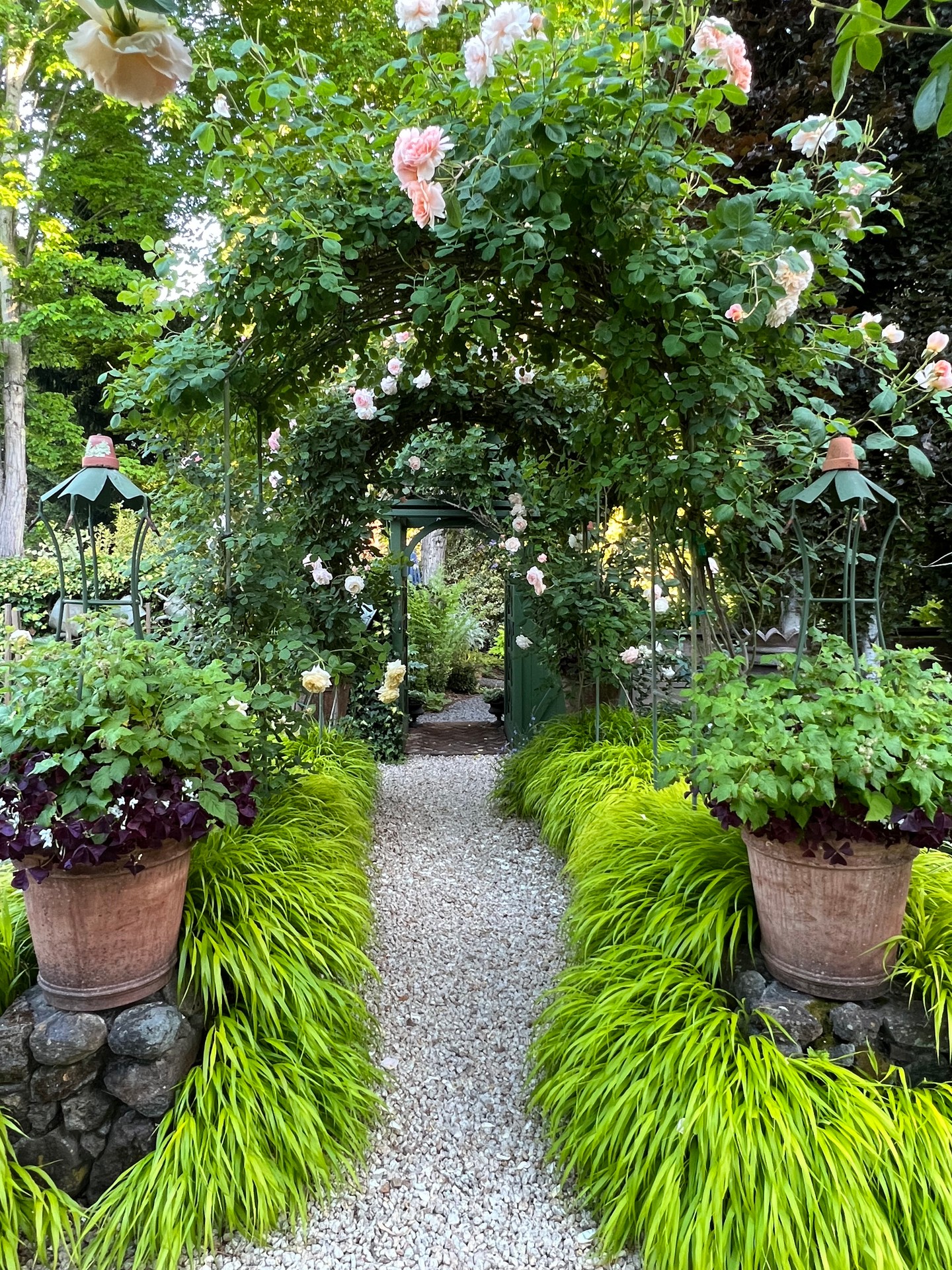
Source@gardendesignmag
Statues, birdbaths, and even repurposed antiques can add character. One of my favorite projects involved an old wrought iron gate repurposed as a decorative trellis—it became a conversation piece and a stunning focal point.
19. The Importance of Soil Health
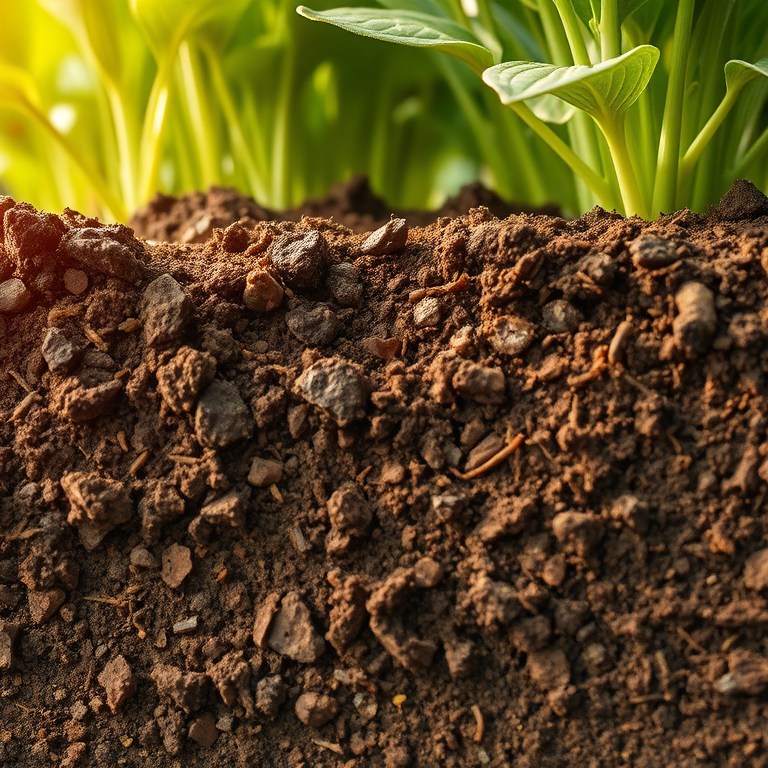
Source@terra.nobis
No one talks about this enough, but great gardens start with healthy soil. I always test soil pH and add compost regularly. A client once wondered why their plants were struggling—after improving the soil, they flourished.
20. Mixing Textures for Interest
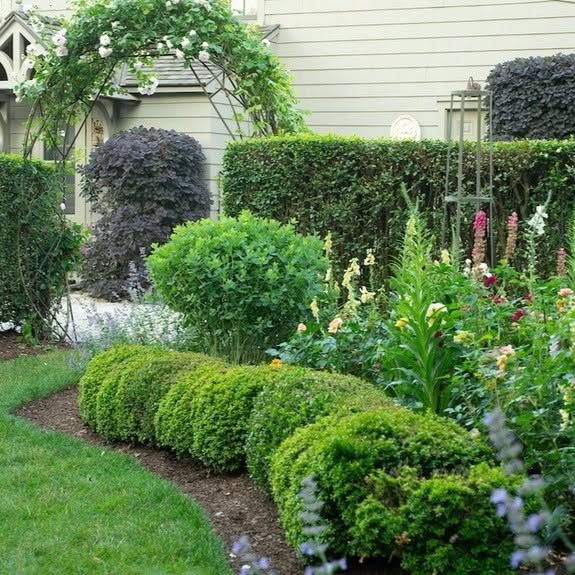
Source@beanacrefarm
A garden that mixes textures—soft ferns, spiky grasses, broad-leaved hostas—feels more dynamic. I’ve found that contrasting textures create the most eye-catching designs. A dull space came to life when I combined feathery astilbe with smooth-leafed coral bells.
21. Designing for Year-Round Beauty
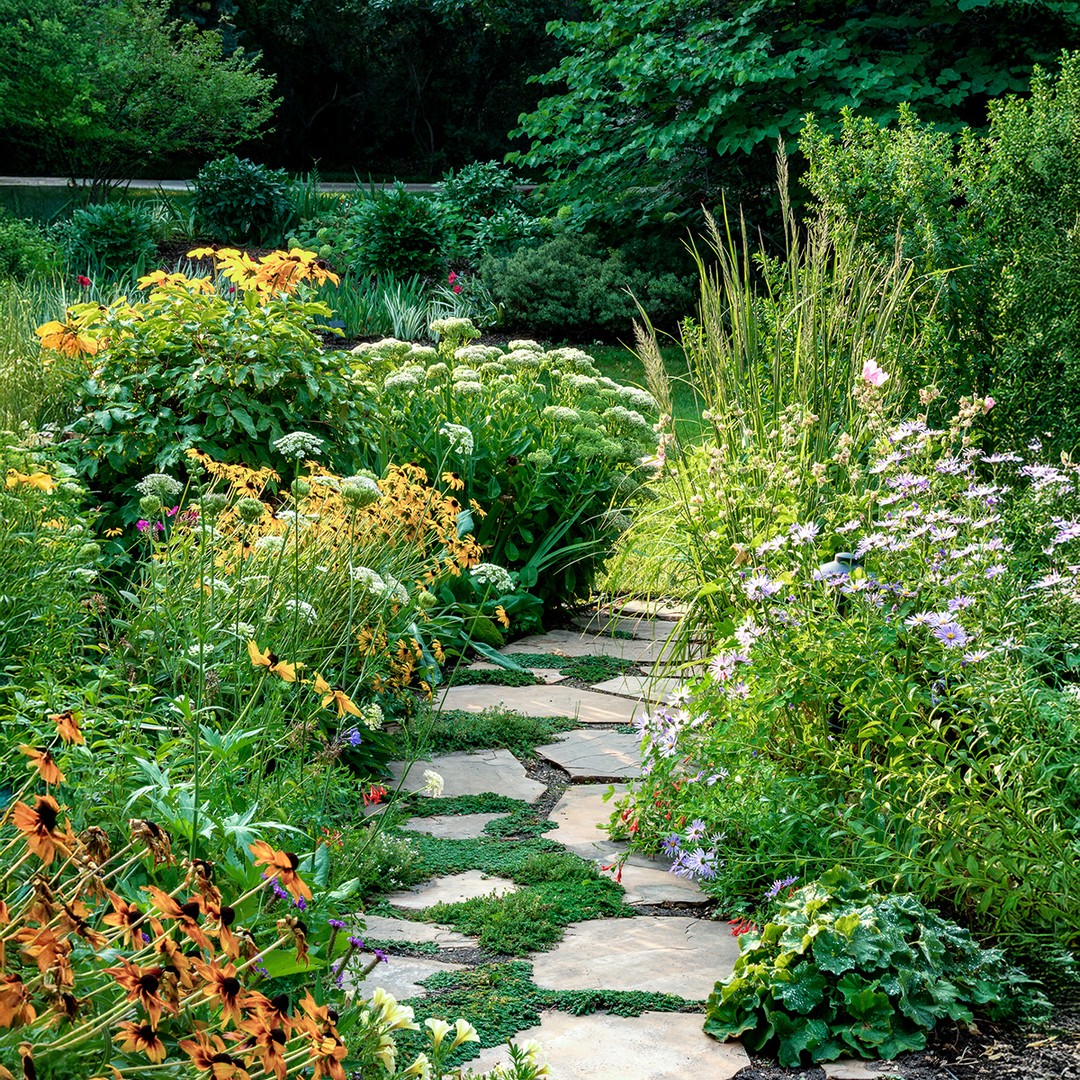
Source@lifescapecolorado
A front garden shouldn’t only shine in spring and summer. I always incorporate plants that offer winter interest, like red-twig dogwood and ornamental grasses. It ensures the space looks great no matter the season.

